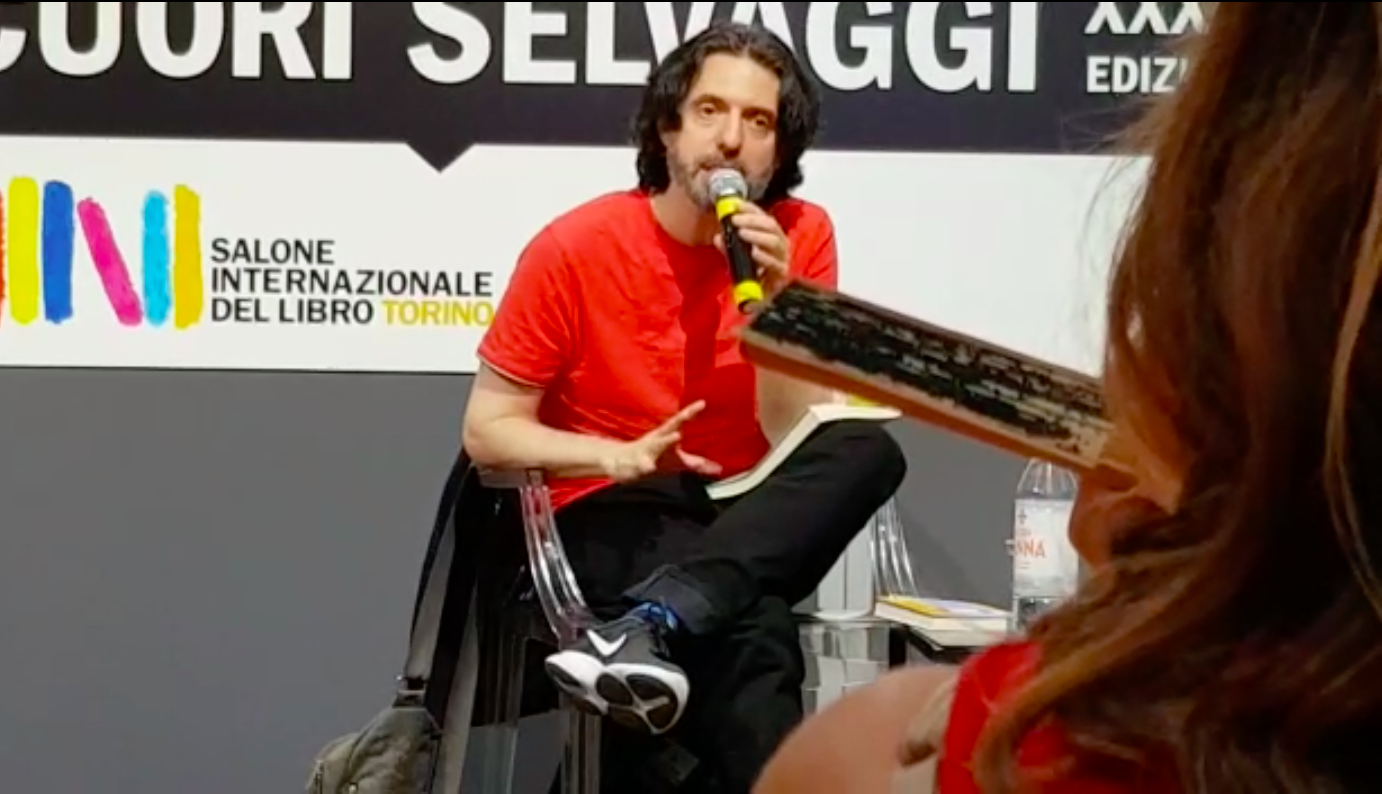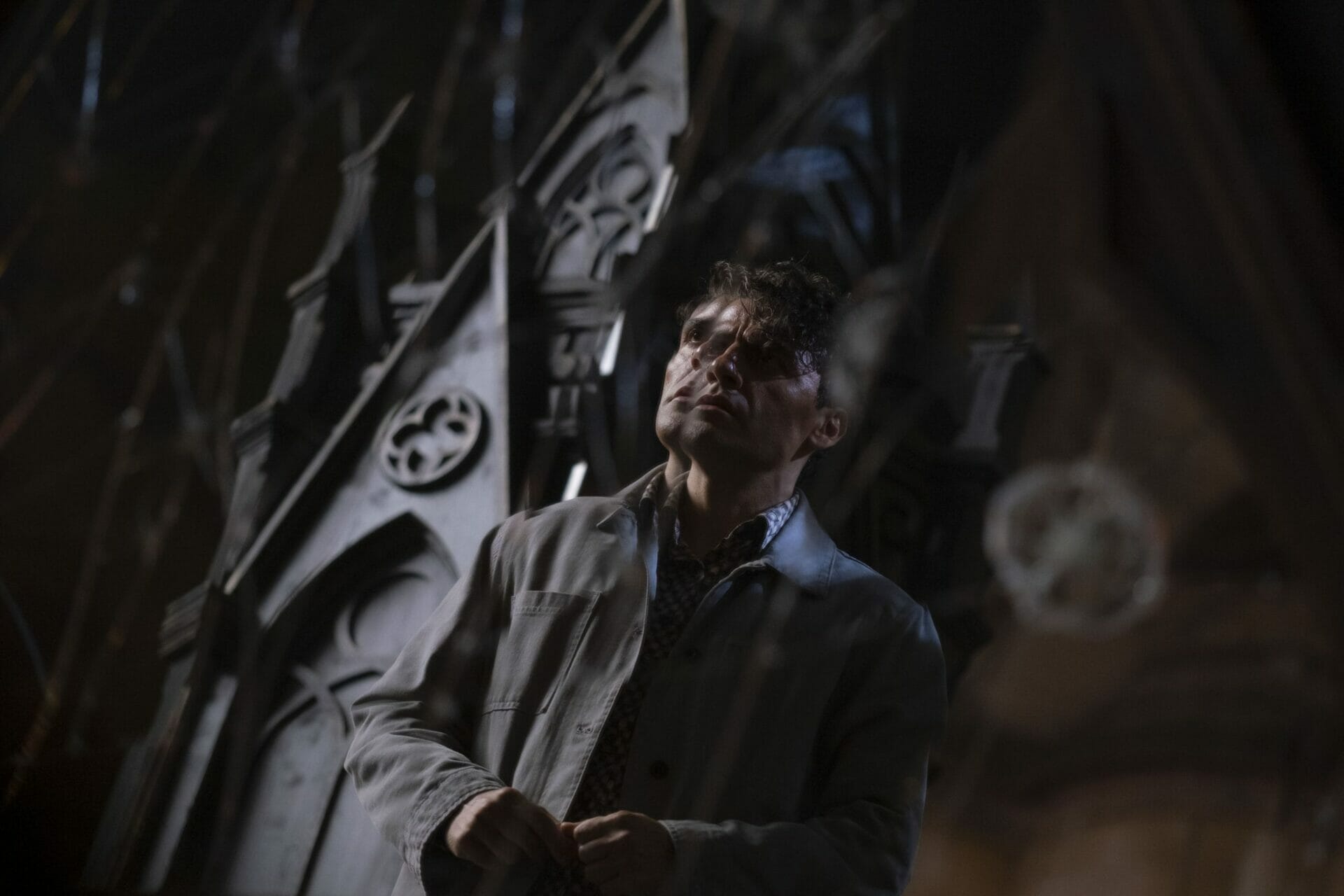
The Good, the Bad and the Ugly Review | A different Deadpool
Year
Format
By
Deadpool is often called “The Merc with a mouth” by Marvel’s other superheroes, given his fast talking and irreverence towards anything. His comics are also prone to a self-referential narrative style since Deadpool is aware of being a comic character and often talks to the reader. In The Good, the Bad and the Ugly, though, Deadpool’s usual self-mocking and sarcastic attitude is diluted to focus on his inner feelings.
Written by Gerry Duggan and Brian Posehn, illustrated by Scott Koblish and Declan Shalvey and colored by Val Staples and Jordie Bellair, The Good, the Bad and the Ugly has quickly become a reference story for all Deadpool fans, as well as a starting point for those who meet the character for the first time.
Deadpool’s Hunt for his target
The Good, the Bad and the Ugly is divided into two parts. The story sees Deadpool struggling with his past but also with his future, and, in doing so, he must ask Captain America and Wolverine for help. In the first part, there are two stories from the past: Deadpool, Power Man and Iron Fist and The White Man Cometh!, both from 2013, which give useful insights into Deadpool’s history to follow the main plot.
After that, The Good, the Bad and the Ugly begins. Deadpool has been sedated several times in the past and some of his organs stolen, for unknown purposes. Helped by the voice in his head (another of Deadpool’s peculiar features), Deadpool contacts those who, like him, were victims of the Weapon Plus project: Captain America and Wolverine. With their help, he seeks out the one who is still treating him like a laboratory guinea pig: Butler.
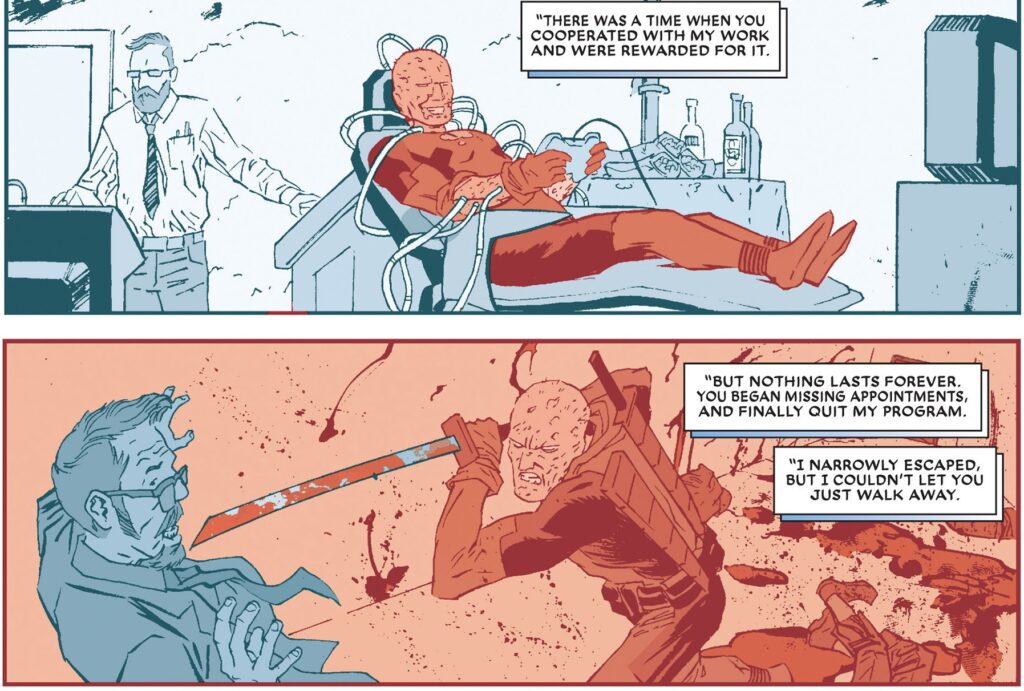
Deadpool’s Hunt for Himself
The Good, the Bad and the Ugly is a comic that offers a complex and layered vision of Deadpool. The authors do not abandon the comic nature of the character, but this time it appears in the background, to focus on different elements, such as the origin story of Wade Wilson.
As with Joker‘s past in the world of DC Comics, Deadpool has multiple origin stories as well, leaving the reader puzzled as to which one could be the true one. In The Good, the Bad and the Ugly, Duggan and Posehn explain that what has been narrated so far has been false memories inserted into Wade Wilson’s mind by Butler himself. Wilson reflects on who he really is, realizing that he doesn’t know himself in the first place, due to his fallacious memories.
The Good, the Bad and the Ugly shows a different take on Deadpool who by that time relied only on the exuberant nature of the character. Everyone has estranged him, he has no friends and doesn’t even have a home and sleeps in old crime scenes – sometimes still fresh from murders. Marginalized because of his appearance and his madness, Deadpool feels alone and belittled.

Further distancing himself from his usual comics, Deadpool never breaks the fourth wall, as he often does. It’s not the time for Wade Wilson to engage in dialogue with readers and make metafictional comments, but to focus on himself and him alone.
From bright colors to dark tones
The graphic style of The Good, the Bad and the Ugly changes story by story, underlining the difference between the contents. In the first two stories, Staples’ colors are brighter, flatter and pop, and Koblish’s drawings are in classical Marvel style.
However, everything becomes rougher with Shalvey and his edgier drawings and darker tones. The crudeness manifests itself, above all, in the representation of the fights and the most visually disturbing elements, such as corpses, bloodstains and deformities. The result is bodies that almost resemble zombies, which are often decomposing, literally walking death. A visual way to physically express the inner death of Wade Wilson, who lives surrounded by loneliness and depression.
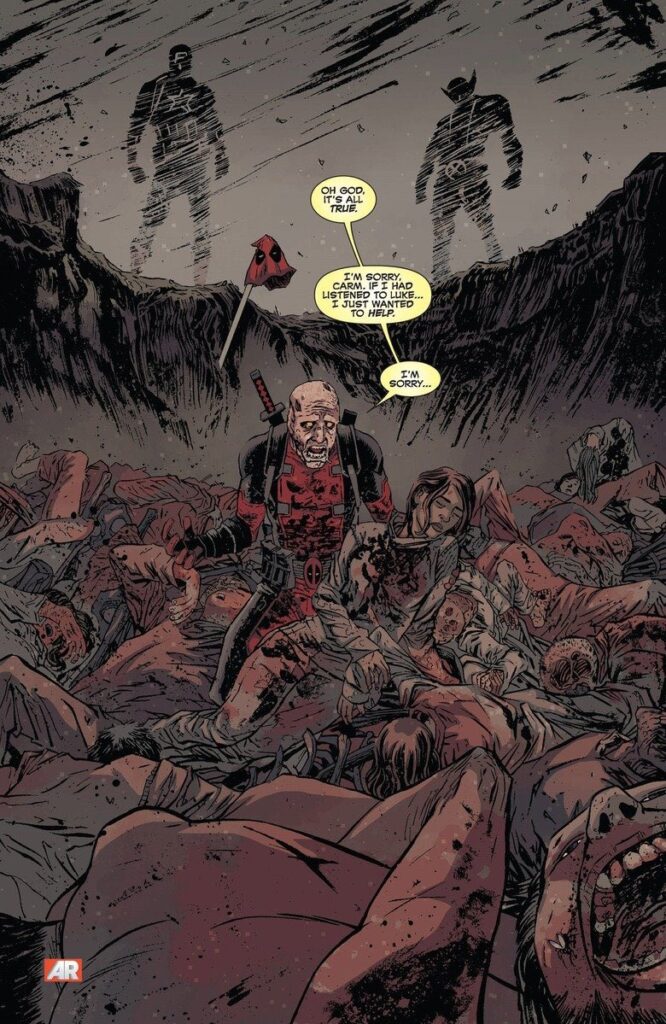
An Unusual Alliance
The Good, the Bad and the Ugly not only delves into the complexity of the protagonist, but also stages an unusual alliance between Deadpool, Wolverine and Captain America. This team-up offers a unique perspective on what it means to be a superhero.
The title of the comic perfectly describes the team-up in question. Namesake of the 1966 Sergio Leone‘s western movie, in both works the title is a manifestation of the characters. In the movie, the ‘Good’ is Blondie (Clint Eastwood), a bounty hunter who has a rigid moral code; in the comics, Captain America is therefore the Good. The ‘Bad’ in the movie is Angel Eyes (Lee Van Cleef), a ruthless and unscrupulous antagonist; in the comics Wolverine is certainly not the antagonist, but someone who has often morally questionable behavior. The ‘Ugly’ is Tuco (Eli Wallach), the man with an unattractive appearance and with actions always on the gray side of morality, but who, at the same time, is charismatic and quick to joke; he is the perfect counterpart of Deadpool, both on a physical and a character level.
Acting together, Deadpool, Captain America and Wolverine demonstrate different ways of fighting and strategizing. Although all three have a common goal and are all on the same side of the fence, in The Good, the Bad and the Ugly readers can reflect on what being a superhero means for each of them.
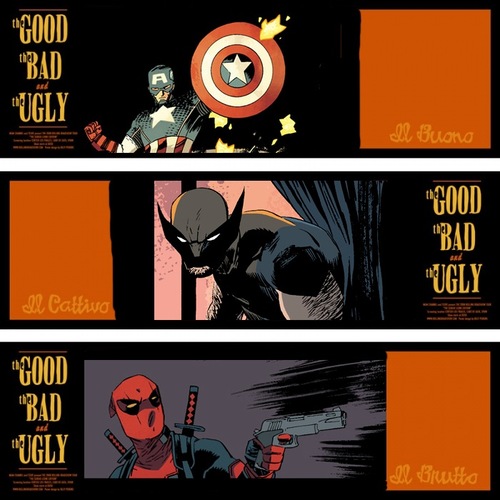
For Deadpool, being a superhero doesn’t necessarily mean a strict moral code. Deadpool often acts for personal reasons, ranging from self-preservation to revenge. His perception of the superhero is pragmatic and often cynical, highlighting the moral ambiguities and contradictions inherent in the role.
On the other hand, the one character who has a rigid moral code is Captain America, who embodies the archetype of the ethical and patriotic superhero. For Steve Rogers, being a superhero means serving as a symbol of hope and justice.
Wolverine ultimately represents the idea of a tormented superhero, influenced by a painful past, and who wants to prevent others from feeling like him. Behind an often unpleasant facade and a violent nature, for him being a superhero means protecting the weak, the lowest in the food chain, as he himself had been in his past.
Shared traumas and complicated relationships
The Good, The Bad, and The Ugly represents an exploration of Deadpool’s relationships with Wolverine and Captain America, all set against the backdrop of their shared traumatic experiences from government experiments.
Wolverine, often a foil to Deadpool, shares a deep-seated connection through their shared Weapon X origins, which involved horrific experimentation and manipulation. Despite their frequent clashes, there’s a mutual, albeit grudging, respect that develops over time.
The Good, The Bad, and The Ugly is a must-read not only for dedicated Deadpool fans but also for newcomers looking to dive into the complex world of this unique anti-hero. With its exploration of themes like identity, trauma, and redemption, this story offers a profound glimpse into the lives of Deadpool, Wolverine, and Captain America. Whether the reader is a seasoned comic book enthusiast or someone curious about Deadpool’s multifaceted persona, this narrative provides a compelling and insightful experience.
Tag
Buy a ☕ for Hypercritic







